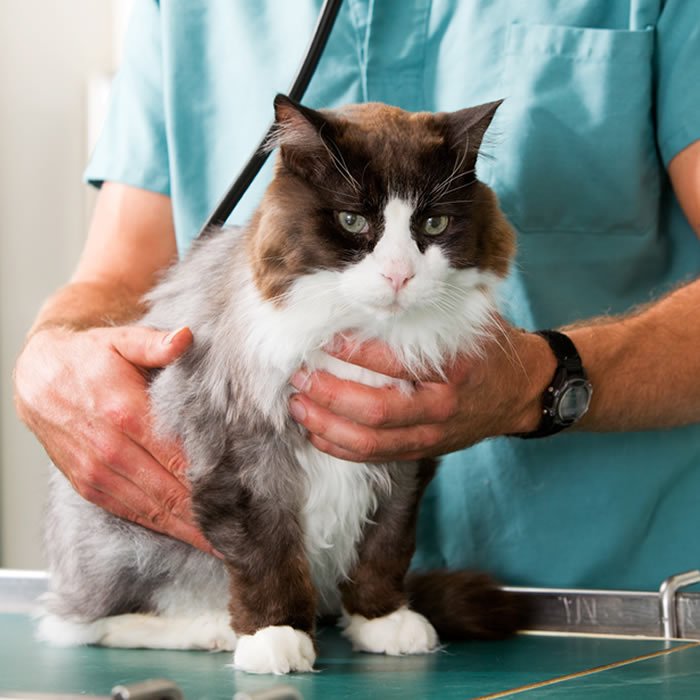A transdermal gel or cream is a way of delivering medicine to your pet through the skin instead of having to make them swallow it. There are many examples of this in human medicine now where medicines such as pain killers, hormones, even nicotine replacement is delivered through the skin to have an effect in the whole body.
The advantages for medicating a cat this way, are obvious. No daily struggles trying to hold the cat and poke a tablet down his throat only to watch him spit it out under the couch two minutes later!
Sometimes this route of administration can also prevent vomiting or nausea that may occur from the drug being given by mouth.
A medicine in a transdermal product is usually supplied in either a very small syringe, such as a 1ml syringe, or a device that pumps out a premeasured tiny amount. The amount is usually between 0.05ml and 0.2ml. That is about 1 to 4 drops. Less than this is hard to measure accurately and more than this is too big to be able to be rubbed in completely.
It is applied to the inside skin of the ear, called the pinna, because this area has a good blood supply close to the surface and is unlikely to be a place that the people he lives with will pat and accidently come into contact with the medicine. It is often recommended to use alternate ears for each dose.

Wearing disposable gloves (or a finger protector) is vital when applying a transdermal, as your skin will absorb it as well as the cat’s skin can, and we want to avoid that! It might be wise to get your cat used to the gloves first so try wearing them when interacting with your cat for a while, before using them at medication time.
Measure out the prescribed dose onto your gloves finger from the syringe or device, then massage in to the inside tip of the ear area. It might take a while for the cat to get used to this but most adjust and it sure beats the alternative. The ear can be cleaned with damp paper towel after 30 minutes or so if preferred but this is not absolutely necessary.
Don’t worry if the cat washes the area and licks the area as well, it won’t hurt him, but try and keep him separated from other pets in the household who might do the same. For multiple pet households, cleaning the ear after 30 minutes might be a good idea.
Make sure to notify your vet if you see any irritation occurring at the site. Rarely, there can be an allergic reaction and if this occurs, another method of administering the medicine must be found.

